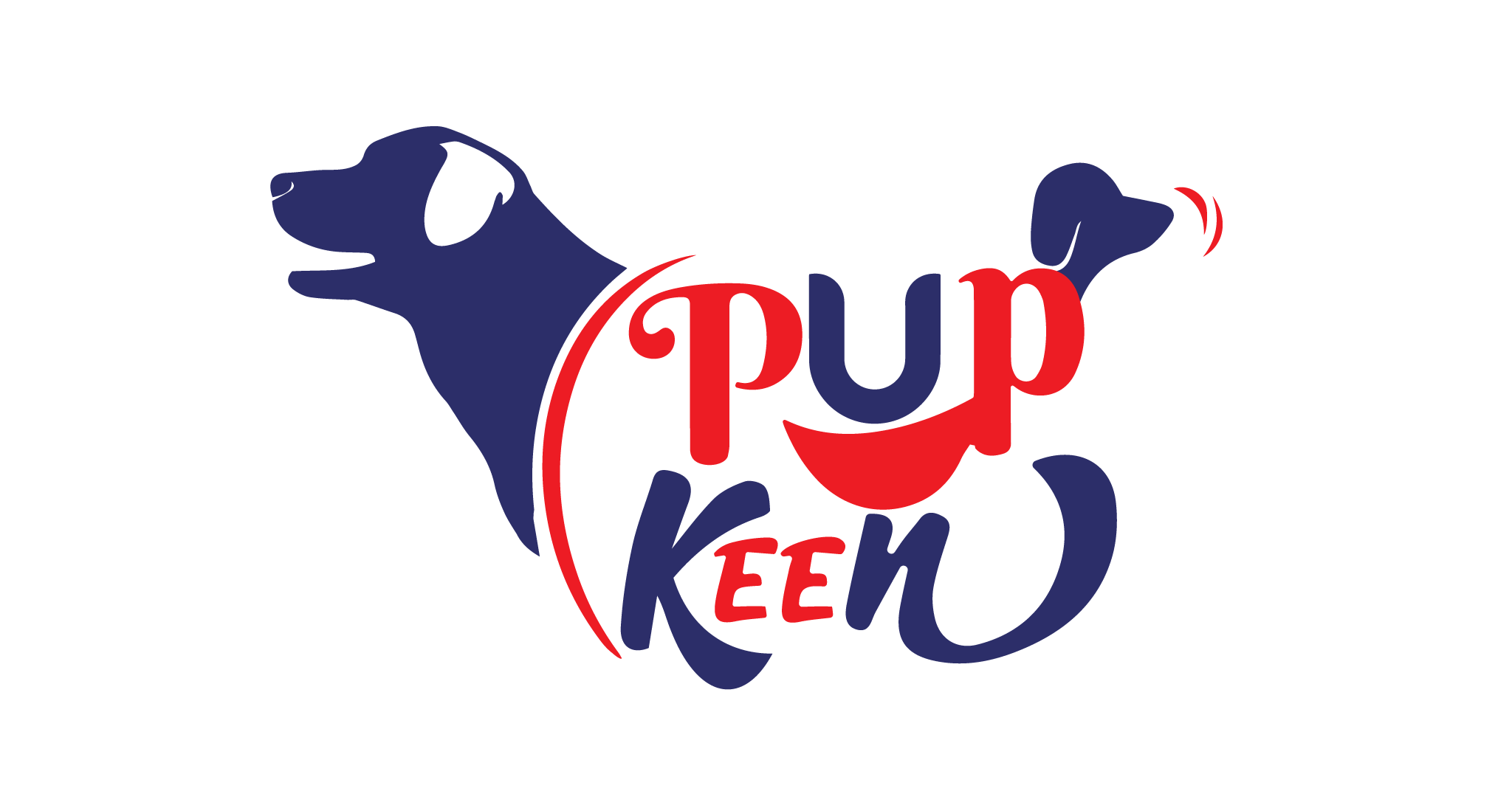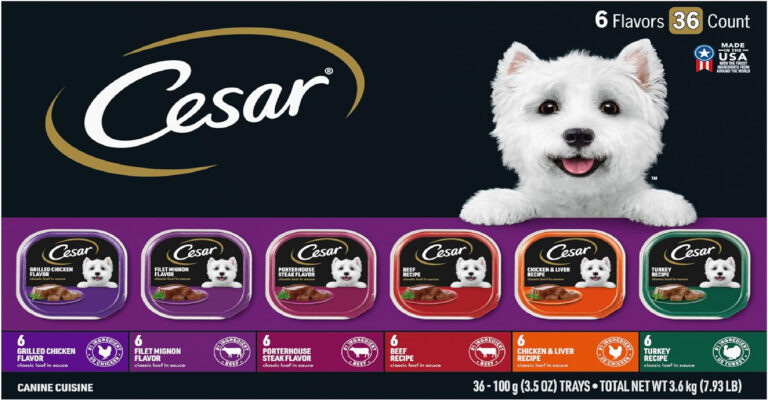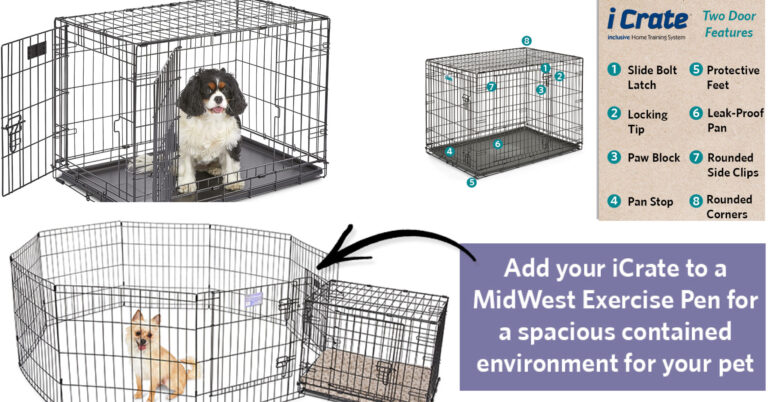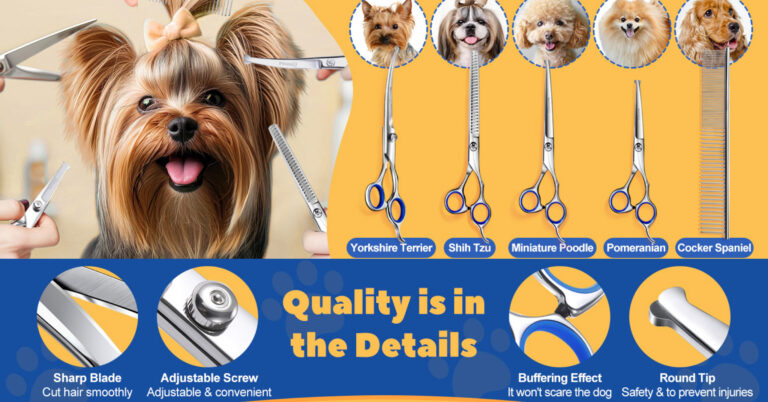How To Successfully Treat Dog Prolapse At Home Using Effective Remedies
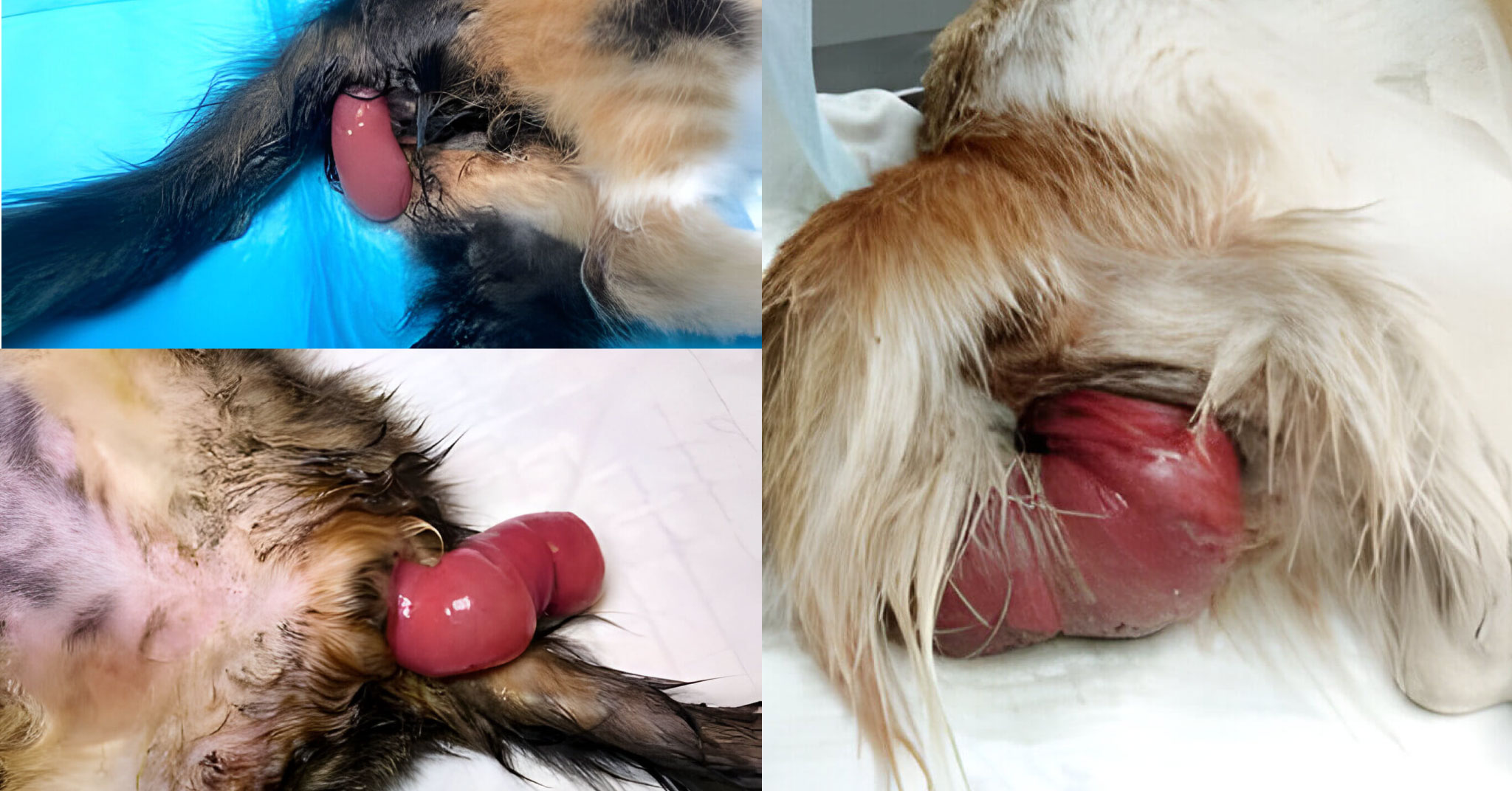
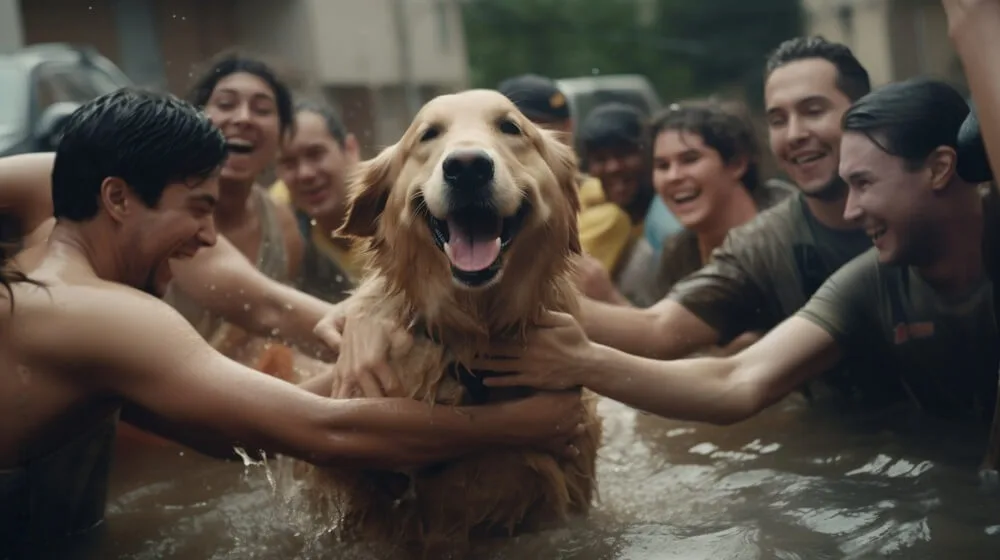
Encountering a dog that falls can be traumatic for a pet. Children under six months of age are particularly at risk because of intestinal parasites. This article will show you how to help your furry friend with home remedies and when to seek veterinary care.
Read on, it’s easier than you think.
Key Takeaways
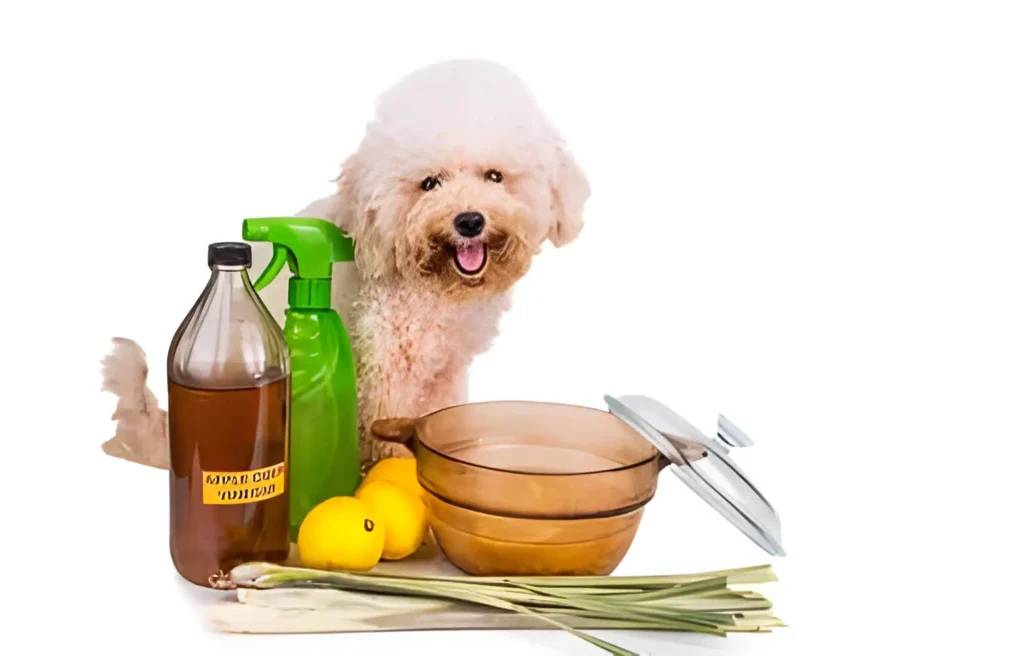
- Cat dropping occurs when part of the intestine leaks through the rectum, usually due to excessive stress or health issues such as constipation.
- You can treat your dog’s colon with cleaning, sugar syrup or honey, ice packs to reduce inflammation, and a high-calorie diet at home by using cleaning For them feel uncomfortable all the time and limit exercise.
- Veterinary consultation may be needed for severe cases of prolapse, including surgery such as colopexy or manual restoration. After surgery, dogs should be closely monitored and possibly given antibiotics or pain relief.
- Preventing dog falls includes regular deworming, plenty of exercise, dietary management including fish oil to aid digestion, and avoiding stress while diving .
- Monitor your dog for signs of discomfort during urination or any part of their bowel movements. Serious complications can be prevented by providing home remedies, taking prompt action and consulting a veterinarian.
Understanding Dog Rectal Prolapse
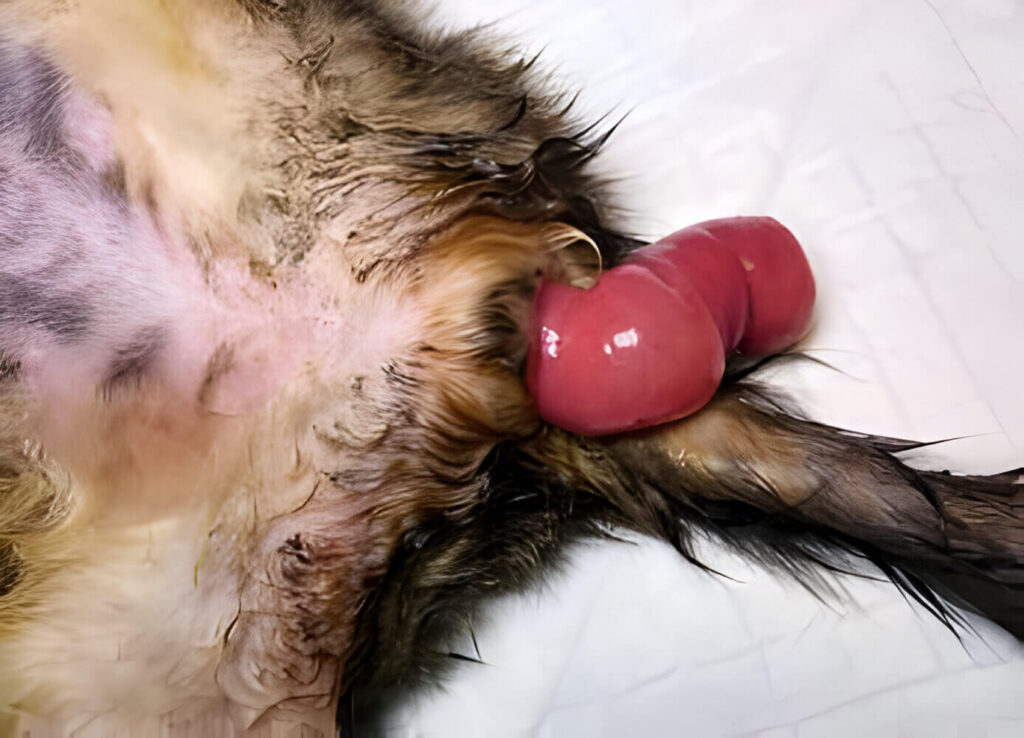
Dog rectal prolapse occurs when part of your dog’s lower intestine dislodges and protrudes. It can be scary to see, but finding the cause and recognizing the signs early can make a big difference.
Prolapse: What It Is and How It Affects Dogs
When the lower part of a dog’s intestines protrudes through their rectum, it causes a person to collapse. This can happen for a number of reasons, including being blocked by a tumor or something they shouldn’t be eating.
The dog has to squirm hard in order to release itself, pushing their insides out. Think of pushing something heavy as trying too hard and slowly falling.
Preventing falls starts with understanding the causes – from parasites in dogs to foreign objects.
Dogs of any age can develop this condition, but younger puppies are at greater risk because the presence of fleas or other parasites in them causes additional stress. To help prevent spinal prolapse, owners should ensure that their dogs are regularly exercised and cared for.
Also, feeding your dog a good diet and keeping an eye on what he chews can save him from this irritating issue.
Causes and Symptoms of Rectal Prolapse in Dogs
Spine loss in dogs can occur for a variety of reasons, including growth restriction, limb prolapse, or exotic factors. Excessive pressure for the bowel can force the lower part of the bowel out of the body.
This scenario doesn’t pick and choose; It can affect any age or dog. however, puppies under six months of age are at greatest risk for intestinal worms.
Signs that your dog has prolapsed colon include a visible portion of the colon protruding from the rectum, difficulty passing stools, and blood in their stools and you may recognize that them more discomfort than usual when trying to go to the bathroom.
When you notice these symptoms, it’s important to act fast—proper care can prevent serious damage to their health.
Diagnosing Rectal Prolapse in Dogs
Veterinarians start by looking at your dog from the outside. The spine is checked for protrusion. This step helps them understand what kind of fall it is. They also look for signs that could indicate a more serious problem, such as prolapsed ileocolic intussusception.
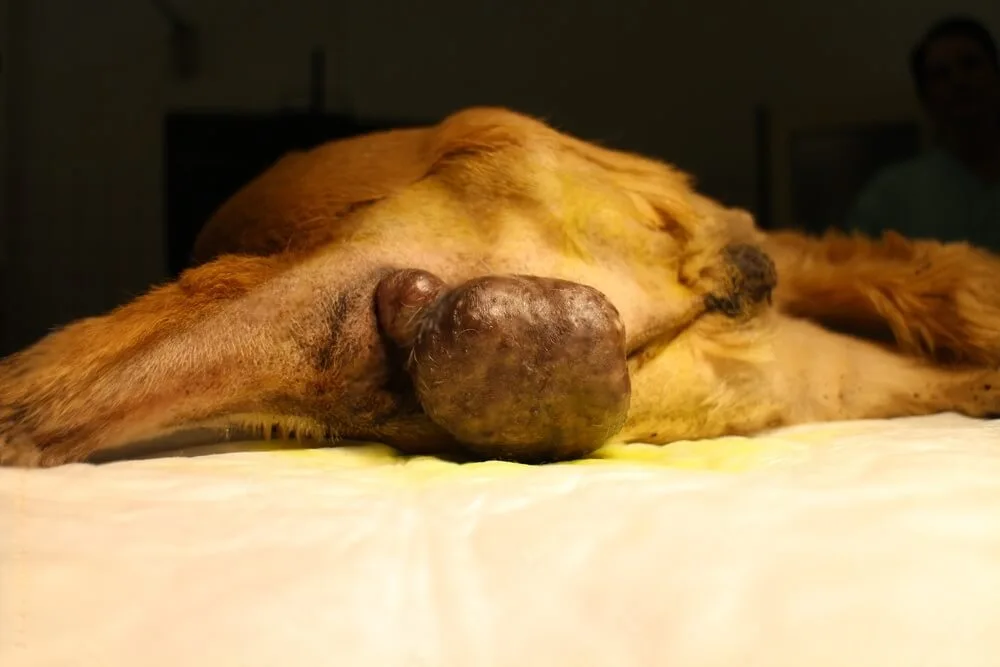
In turn, the inspection could be done manually or using instruments such as scopes for closer inspection.
After that, vets denied any further health claims. Testing of your puppy may be necessary to determine the cause of the fall. These can include checking for intestinal parasites, especially in high-risk puppies under six months.
The goal is to understand the cause and severity of the fall before making a medical decision.
Treatment Options
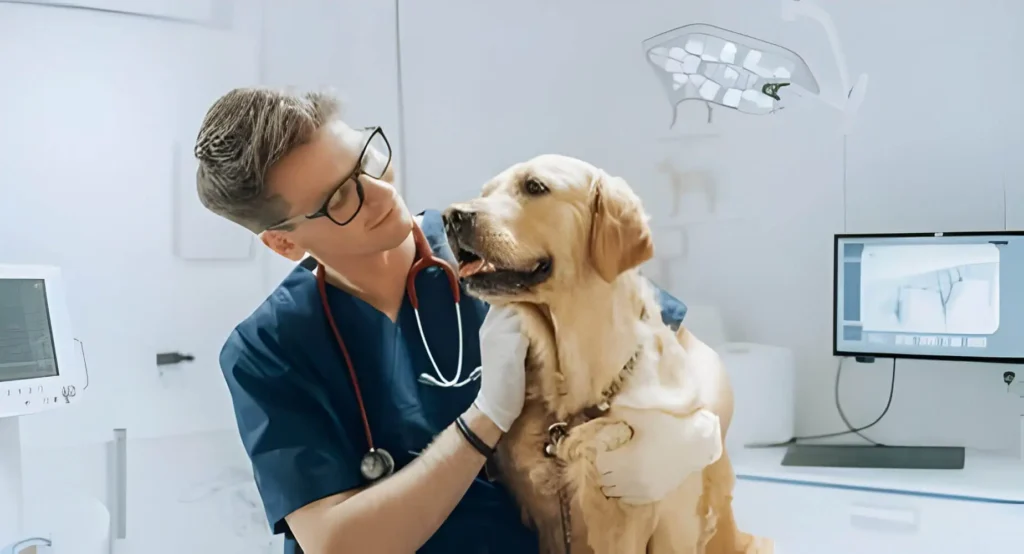
Prompt action should be taken in the care of a dog with spinal hernia. Depending on how bad it is, you can start treatment at home or seek help from a veterinarian.
Home Remedies for Treating Rectal Prolapse
Treating an anal infection at home requires attention and care. Prompt action can help your dog recover.
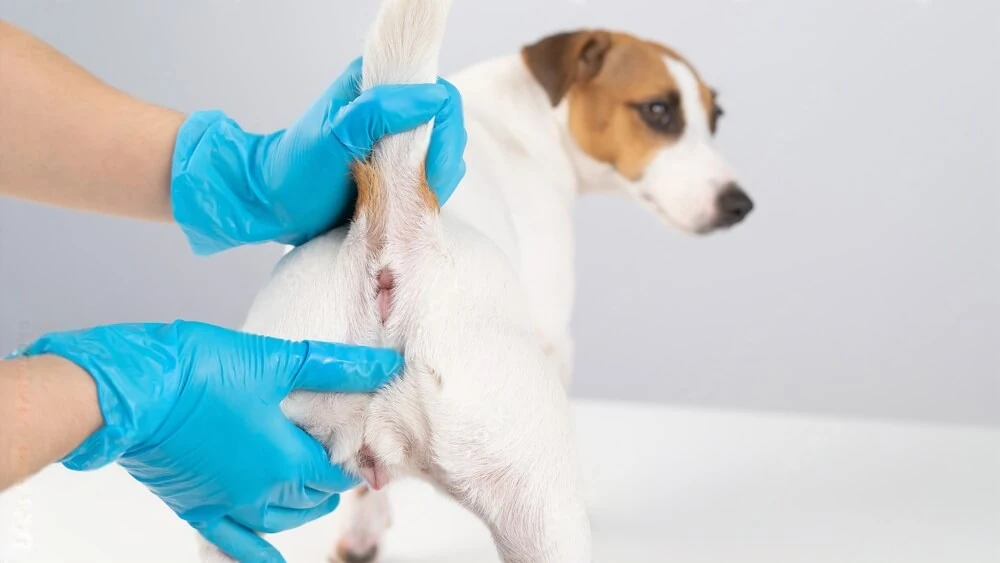
- Keep a clean surface—gently scrub the protrusion with salt. This reduces the risk of infection.
- Apply powdered sugar or honey to the tender roots. These act as natural absorbents, reduce inflammation, and can reduce reinjection.
- Use packed ice carefully around the area to reduce swelling. Do not apply ice directly; First, wrap it in a blanket.
- Make sure your dog stays hydrated—always provide good water. Providing fresh water helps soften the water, making it easier to drain.
- change their diet; Include high-calorie foods or ask your veterinarian about supplements to prevent stress during defecation.
- Keep them calm and limit physical activity, such as jumping or running a lot, which can make falls worse.
- Create a comfortable space to relax and reduce stress, which can have a positive effect on well-being.
- Follow your veterinarian’s advice closely—if he or she prescribes medicines or ointments, use them as directed for treatment and infection control.
It is important to monitor your dog’s progress to see progress or if further veterinary intervention is needed.
Professional Veterinary Care for Prolapse
Veterinarians treat dog falls in a variety of ways. These include gentle pushing back of the tendon, surgical repair, or retraction and attachment of the segments.
Such surgeries may include colopexy, anastomosis, rectal resection, or celiotomy. Dogs need a lot of care after surgery—taking good care of them is key. Veterinarians prescribe painkillers and antibiotics to help heal.
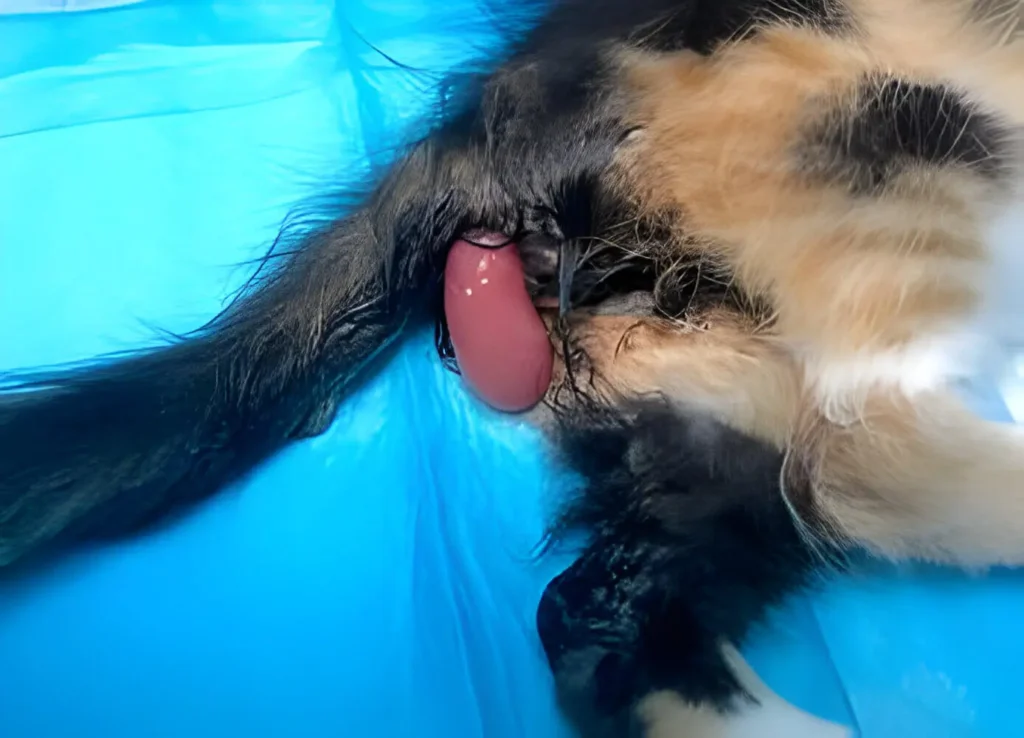
Easy stomach foods are also suggested.
Getting better means taking care of your pet and following veterinary advice carefully. If she falls due to stress or another health issue, veterinarians work to eliminate the cause as well.
Regular inspections ensure that everything is as healthy as it should be.
loving all animals as family members; They deserve all our efforts in times of distress.
Preventive Measures to Avoid Rectal Prolapse
Keeping your dog healthy and avoiding anal inflammation requires some simple but effective steps. Here is how you can prevent this situation and would your pet.
- Deworm puppies regularly – Puppies are prone to ticks, which can cause stress when deworming. Keeping worms out of the body on a regular basis helps keep their digestive system free of parasites, reducing the risk of collapse.
- Give them plenty of exercise – Active dogs are less likely to be overweight and their bladders, two causes of anal prolapse ensure your dog gets enough time to play and walk each day.
- Change the source of protein in their diet – Sometimes dog food causes bloating or itching or causes diarrhea or vomiting. Varying different types of protein (such as chicken, beef, or fish) can help you determine what is best for your pet’s health.
- Include fish oil in their diet – Fish oil is great for healthy coat and skin but also helps with digestive health. Inflammation in the digestive tract can be reduced, which can prevent a condition of constipation.
- Avoid Cancer Products – Exposure to certain chemicals and unhealthy foods can increase the risk of cancer in dogs which can affect their gut health. Keep the house clean and feed them healthy food.
- Schedule annual checkups with your veterinarian – Routine visits allow staff to catch early signs of potential health issues that, if left untreated, can lead to spinal damage. This includes vaccinations and general pet health checks.
- Use water softeners as needed – If your dog struggles with hard stools, consult with your veterinarian about using soft stools sparingly because it makes it easier for them to urinate with less disturbance.
- Prevent excessive stress when going to the toilet – notice if your dog is having trouble potty going? They may need to take immediate action, such as changing their diet or seeking veterinary advice before things get worse.
Each gauge plays its part in ensuring that the muscles around your dog’s pelvis are tight, that their digestive system is working properly and of course, controlling the litters they drop.
Effective Dog Care Practices
Knowing the proper ways to care for your dog can prevent problems like spinal and spinal cord infections. Learn more about keeping your dog healthy!
Expert Advice on Managing Anal Prolapse in Dogs
Veterinarians emphasize the importance of taking prompt action if your dog has a spinal infection. Watch for signs like trying to pee or getting up from your dog’s back.
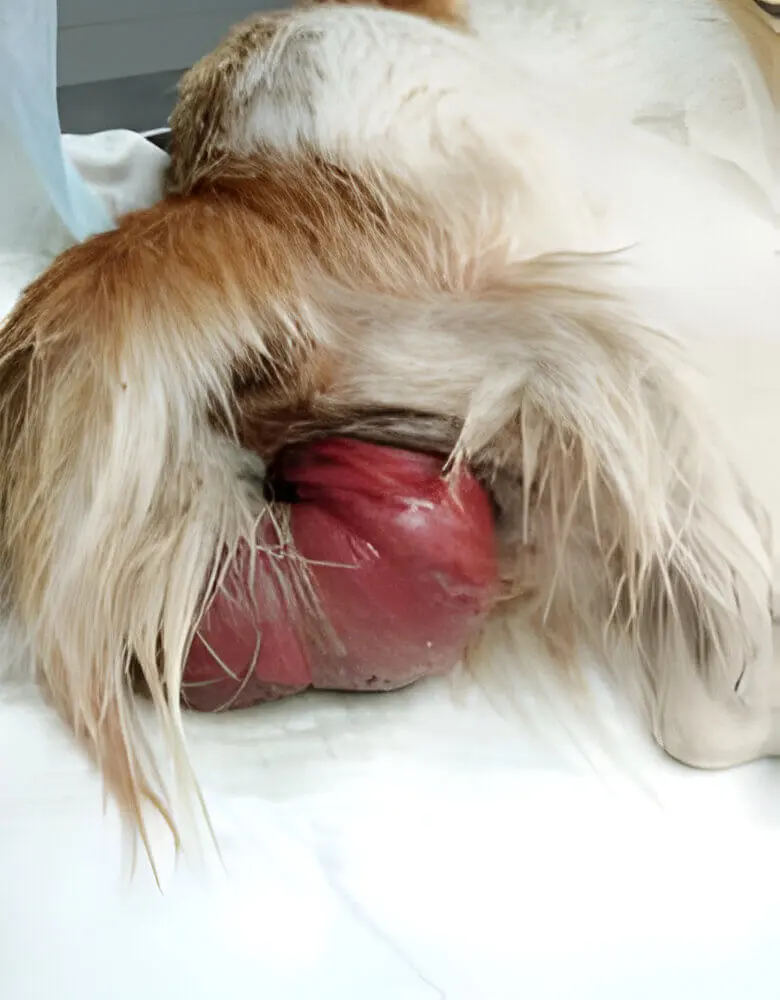
Seek veterinary care immediately; Treatments such as hand repositioning or surgery may be recommended depending on the severity and whether the tendons are still healthy.
For recently treated dogs, careful management is key. Feed them soft food and follow all medications given by your veterinarian. This aids healing after surgery or other procedures.
Regular inspections are also important, so any problems can be spotted early and fixed before they get worse.
Understanding the Differences Between Rectal and Anal Prolapse
Rectal prolapse occurs when a portion of the dog’s lower intestine dislocates and protrudes from the dog’s anus. This condition is often caused by severe stress or underlying health issues such as seizures or obstructions, causing parts of the uterus to move in ways they shouldn’t.
Anal necrosis, although similar in appearance, involves only the tissue lining the inside of the protruding pelvic opening of the dog. Both conditions can make it difficult for your pet to get comfortable carrying out their daily activities and can appear intimidating at first glance.
Noticing these differences is important for proper care. If you notice protruding veins in your dog’s buttocks, determining whether they are lumbar or spinal prolapse helps determine what steps to take next.
Early action can prevent further complications, such as damage to these peripheral tissues that can lead to serious complications if not treated immediately. Treatments vary – some may require surgery, while others may be managed with less invasive procedures – but knowing which symptoms to look for and recognizing them early improves the chances of a faster recovery the value is greater
Common Concerns and Solutions
There is clear guidance in finding answers to questions such as how to deal with a partial collapse or the difference between a complete and incomplete collapse. To address these issues, it is important to get tips that will keep your dog’s spine in shape.
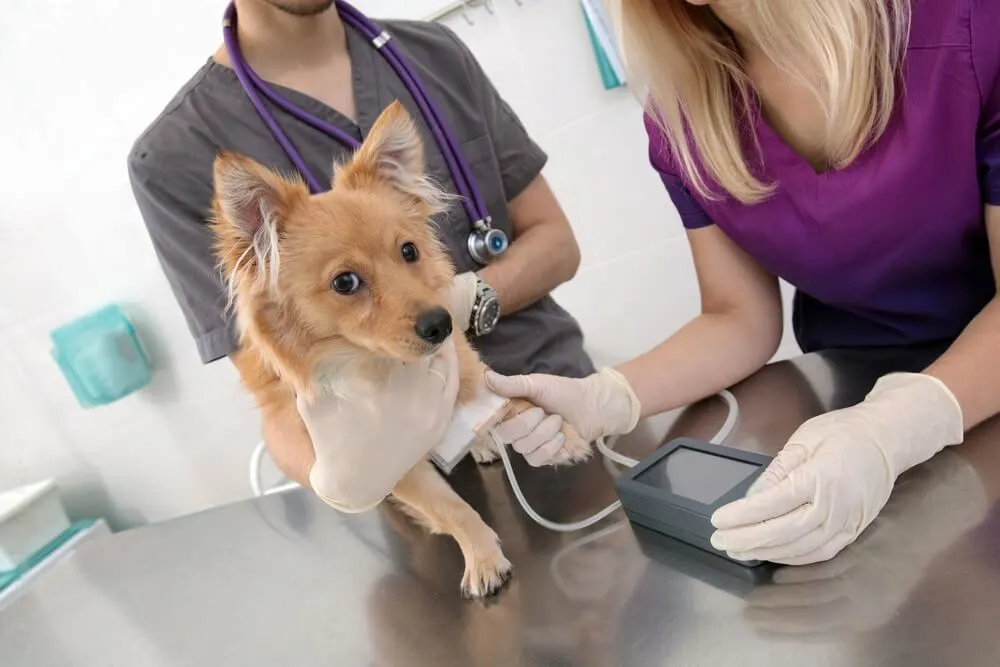
Dive deeper to learn more about this solution!
Dealing with Partial Prolapse: Tips for Pet Owners
Half-dog falls can be frustrating for any pet owner. Prompt action and proper care can help your dog heal at home.
- Look for early signs: Look for your dog’s ribs to stick out slightly. This means that half of them are coming out.
- Keep it clean: Gently clean the area with cool water and a mild soap. This keeps the infection away.
- Use ice packs: Wrap in a cloth, then press gently on the swollen area to reduce swelling.
- Prevent licking and biting your dog: Put a cone around your dog’s neck. This prevents them from being disciplined or convicted.
- Change the diet: Add oranges or sweet potatoes to their diet to soften the mess. Hard water increases stress.
- Ensure that plenty of water is used: A lack of water makes urine hard and prone to leakage. Keep fresh water available at all times.
- Avoid stress at potty time: Lift small dogs on their backs so they don’t have to jump up or down.
- Find a veterinarian: Even if it’s mild, consult a veterinarian for causes such as intestinal parasites, especially in puppies younger than six months.
- Follow the tick clearance: If it is caused by parasites, it is important to follow your veterinarian’s advice closely.
10: **Exercise regularly but slowly**: Be less active to avoid stress sores.
11: **Monitor any changes**: If infection worsens or other symptoms appear, observe and call your veterinarian immediately.
12: **Consider surgery if necessary:** In severe cases, surgery may be necessary to safely reposition objects.
Every step is calculated to help your dog get comfortable at home and prevent future issues with proper care and precautions
Complete vs. Incomplete Prolapse: What You Need to Know
A complete collapse indicates that the dog’s pelvis is completely out and unable to re-enter on its own. This is serious because it can kill roots. An incomplete prolapse is when part of the pelvis protrudes but can go back in or needs some help to do so.
Either way, it means something else is wrong, like too much stress.
Determining whether your dog has a complete or incomplete infection is key to getting the right help.
Rapid action is important for both types. Going to the vet fasting can stop major problems and treatment can begin immediately. In the case of complete swelling, surgery usually eliminates the problem by putting everything back in place and delaying further stress.
In incomplete cases, less invasive steps such as manually pushing back the muscle may work, but still check for signs of further trouble.
Addressing Rectal Tissue Health in Dogs
Getting your dog’s back muscles in shape requires attention to their feeding and bathing habits. A simple meal helps relieve stress during a bowel movement, which often causes the colon to collapse.
Mosquito control is also important as pests can cause serious health issues such as falls. Regular veterinary visits ensure early detection of problems that could be causing your dog anxiety or pain.

Exercise plays an important role in overall health and can help prevent conditions that cause spinal problems. Varying the source of protein in your dog’s diet and adding supplements like fish oil supports digestive health.
Look for signs of distress or stress in your dog’s bathroom behavior. Early intervention at the first sign of trouble facilitates treatment and can prevent more serious complications.
Conclusion
Treating your dog’s fall at home has benefits but always requires expert advice. From choosing the right method to understanding your pet’s needs, every step is important. You have tools at your disposal such as soft food and mosquito repellent.
and keep problems away through regular testing. Remember—your furry friend relies on you for your care and comfort in every way.
FAQs
1. What is rectal prolapse in dogs?
Rectal prolapse is when a series of feline rectums protrude from the anus, are visible, and may, if left untreated, lead to tissue necrosis.
2. Can I treat my dog’s prolapse at home?
Yes, some milder issues can be handled at home with veterinary advice—like making sure your dog isn’t too upset—but always check first.
3. What causes rectal prolapse in dogs?
Causes Stress from nausea or vomiting, severe coughing, increased abdominal pressure or anything can be associated with uterine problems in dogs.
4. How do I prevent my dog’s rectum from sticking out again?
Do not insert during bowel movements; Observe the consistency of his stools and his eating habits. Regular vet visits help catch things up faster.
5. When should I see a vet for my dog’s prolapse?
Immediately—if you notice a protrusion of your dog’s penis, seek professional diagnosis and treatment to avoid complications.
6. Does treating a rectal prolapse hurt my dog?
Anesthesia treatment ensures that your child feels no pain during the suture or repair; Recovery is essential to healing without pain.
